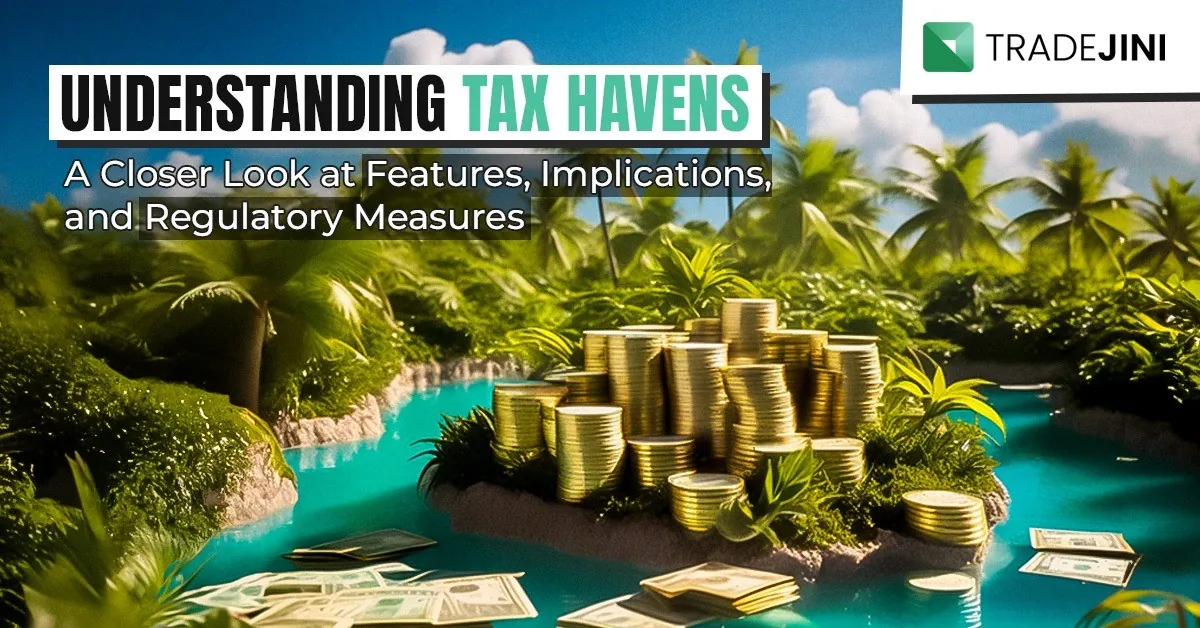Introduction:
Tax havens, characterized by special tax rules attracting individuals and companies seeking fiscal benefits, play a significant role in global finance. While offering advantages such as reduced taxes and increased privacy, they have also raised concerns due to issues like tax avoidance and money laundering. In this article, we delve into the key attributes of tax havens, their historical roots, popular examples, socioeconomic factors contributing to their popularity, downsides, and efforts to regulate them.
Key Attributes of Tax Havens:
No or Only Nominal Taxes:
Tax havens impose minimal or no taxes, providing an attractive environment for non-residents to shield their assets from high taxes. Different havens may offer rebates on specific taxes, but this attribute alone is insufficient to classify a jurisdiction as a tax haven.
Lack of Effective Exchange of Information:
Tax havens zealously protect personal financial information, often having laws or practices preventing scrutiny by foreign tax authorities. Limited sharing of information with foreign tax entities is a common feature.
Lack of Transparency:
The legislative, legal, and administrative mechanisms in tax havens are often opaque, allowing for behind-closed-doors dealings and secret rulings that lack transparency.

Additional Attributes:
No Substantial Local Presence Requirement:
Tax havens typically do not demand outside entities to maintain a significant local presence. This leniency can lead to situations where a single building in a tax haven houses a large number of international companies.
Socioeconomic Factors Contributing to Popularity:
Political and Economic Stability:
Stability in political and economic conditions enhances the attractiveness of tax havens. For instance, Switzerland's fame as a tax haven is tied to its political and economic stability.
Lack of Exchange Controls:
Tax havens without exchange controls appeal to outside investors, as assets placed in such jurisdictions are not subject to restrictive financial regulations.
Treaties and Banking Services:
Treaties and offshore banking services, as seen in countries like Mauritius, contribute to the popularity of certain tax havens.
Downsides of Tax Havens:
Revenue Loss for Governments:
Tax havens can lead to substantial revenue loss for governments, impacting public services and infrastructure.
Inequity and Inequality:
Tax havens can exacerbate income inequality, favoring wealthy individuals and large corporations with the resources to exploit tax breaks.
Regulatory Challenges:
Lax regulatory frameworks in tax havens can blur the line between legitimate tax strategies and illegal activities, as seen in cases like the Danske Bank money laundering scandal.

Regulatory Measures and Future Outlook:
Governments and international organizations have adopted strategies such as Tax Information Exchange Agreements (TIEAs) and Mutual Legal Assistance Treaties (MLATs) to regulate tax havens. The pressure from entities like the OECD and the G-20 may challenge the sustainability of tax havens, and increased information-sharing agreements may erode their competitive advantage.
Conclusion:
While tax havens offer financial advantages, their downsides, including revenue loss and inequality, necessitate a balanced approach. Efforts to regulate tax havens aim to strike a balance between maintaining tax benefits and preventing illegal activities. As the international community continues to address these issues, taxpayers are urged to exercise caution and navigate the evolving landscape of global finance.



